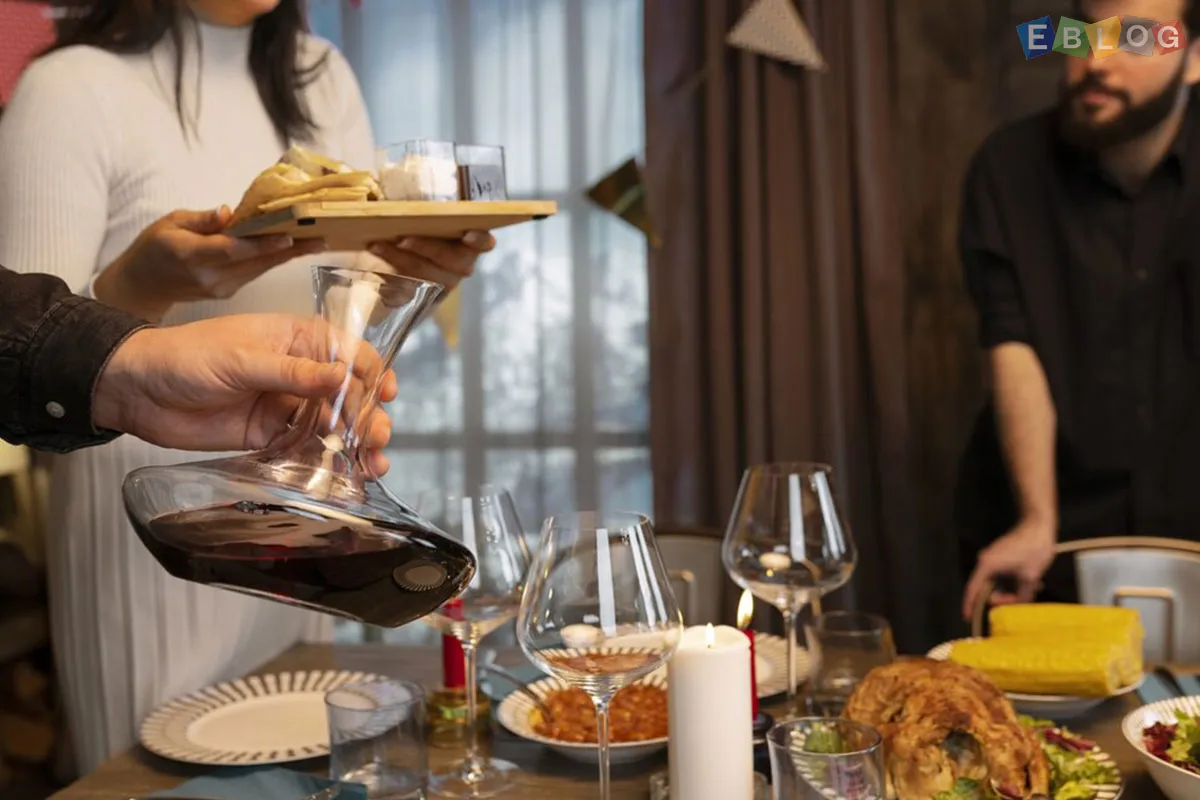
Creating guides on perfect food and wine, beer, or cocktail pairings
- 21 Sep, 2024
- Food
- 616 Views
- 0 Comments
Pairing food with the perfect drink can elevate any meal, transforming it into an unforgettable experience. Whether you're hosting a dinner party, enjoying a quiet night in, or exploring new culinary frontiers, understanding the art of pairing food with wine, beer, or cocktails is essential. In this guide, we’ll dive into the basics of pairing, explore classic combinations, and share tips to help you create the perfect match for any meal.
1. The Basics of Pairing Food and Drinks
The foundation of a great pairing is balance. The goal is to enhance both the food and the drink without overpowering one or the other. Here are a few key principles to keep in mind:
a. Complementary Flavors: Look for flavors in the dish and drink that complement each other. For instance, a sweet wine like Moscato pairs wonderfully with spicy foods because the sweetness balances the heat.
b. Contrasting Flavors: Opposites can attract when it comes to pairing. A tart, acidic drink can cut through the richness of a fatty dish, such as a crisp Sauvignon Blanc with creamy pasta.
c. Intensity Match: Match the intensity of the food with the drink. A delicate white fish pairs well with a light white wine, while a hearty steak demands a bold red wine or a robust beer.
2. Classic Food and Wine Pairings
Wine pairing has been a culinary tradition for centuries, and some combinations have stood the test of time. Here are a few classics:
a. Red Wine and Steak: The tannins in red wine, especially Cabernet Sauvignon or Malbec, work well with the fat in red meat, making this a beloved pairing.
b. White Wine and Seafood: Light, acidic wines like Chardonnay or Sauvignon Blanc enhance the delicate flavors of fish and shellfish.
c. Rosé and Salad: A crisp rosé pairs beautifully with fresh salads, especially those with citrus or berry components.
d. Sparkling Wine and Fried Foods: The acidity and bubbles in Champagne or Prosecco cut through the richness of fried dishes, making it an unexpected yet delightful pairing.
3. Pairing Food with Beer
Beer offers a diverse range of flavors, making it just as versatile as wine regarding food pairing. From light lagers to rich stouts, there’s a beer for every meal.
a. Lager and Pizza: A crisp, refreshing lager is a perfect match for a cheesy, saucy pizza, cutting through the grease and enhancing the flavors.
b. IPA and Spicy Foods: The hoppy bitterness of an IPA complements the bold, spicy flavors found in dishes like curry or buffalo wings.
c. Stout and Chocolate Desserts: The deep, roasted flavors of a stout pair beautifully with chocolate cakes or brownies, creating a rich, indulgent experience.
d. Wheat Beer and Seafood: A light wheat beer like a Hefeweizen pairs well with lighter dishes such as seafood, especially those with citrusy elements.
4. Perfect Cocktail Pairings
Cocktail pairings are all about matching the intensity and flavor profiles of the dish with the ingredients in the drink. Whether you enjoy a strong classic cocktail or a fruity blend, here are a few ideas to get you started:
a. Gin & Tonic with Grilled Vegetables: The herbal notes of gin and the bitterness of tonic water pair beautifully with smoky, grilled veggies.
b. Margarita with Mexican Dishes: The tart lime and sweet-salty rim of a margarita perfectly complement the bold flavors of tacos, enchiladas, or guacamole.
c. Old Fashioned with BBQ: The deep, smoky flavors of bourbon in an Old Fashioned is the perfect complement to the rich, smoky flavors of barbecued meats.
d. Mojito with Spicy Foods: The refreshing mint and lime in a mojito cool down the heat from spicy dishes, making this cocktail an ideal pairing with Thai or Indian cuisine.
5. Tips for Creating Your Pairings
If you’re ready to create your perfect pairings, here are a few tips to help guide you:
a. Experiment: Don’t be afraid to try unconventional pairings. Sometimes the most unexpected combinations turn out to be the best!
b. Start with the Wine/Beer/Cocktail: Sometimes it’s easier to choose the drink first and then build a meal around it, especially if the beverage has a strong or unique flavor.
c. Balance: Pay attention to the balance between acidity, sweetness, bitterness, and richness when pairing. These elements can either complement or contrast the flavors in your dish.
d. Seasonality: Use seasonal ingredients and match them with seasonal drinks. For instance, a light, citrusy cocktail is great for summer, while a hearty red wine pairs well with winter stews.
6. Conclusion
The art of food and drink pairing is a wonderful way to enhance the dining experience. Whether you’re enjoying a rich wine, a bold beer, or a refreshing cocktail, taking the time to thoughtfully pair it with your meal can elevate your enjoyment to new heights. Experiment with different combinations, trust your palate and have fun discovering your perfect pairings.
By mastering the basics and understanding the nuances of flavors, you’ll soon be creating memorable food and drink pairings that impress your guests and delight your taste buds!




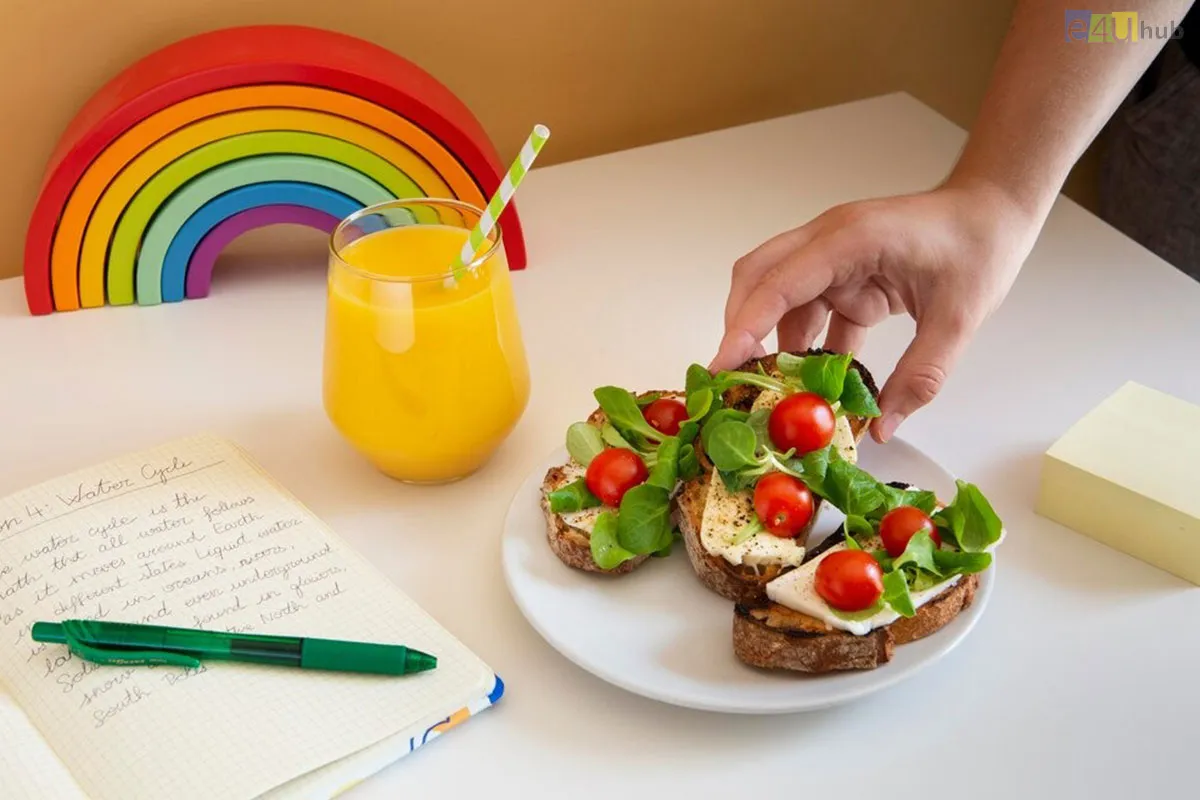
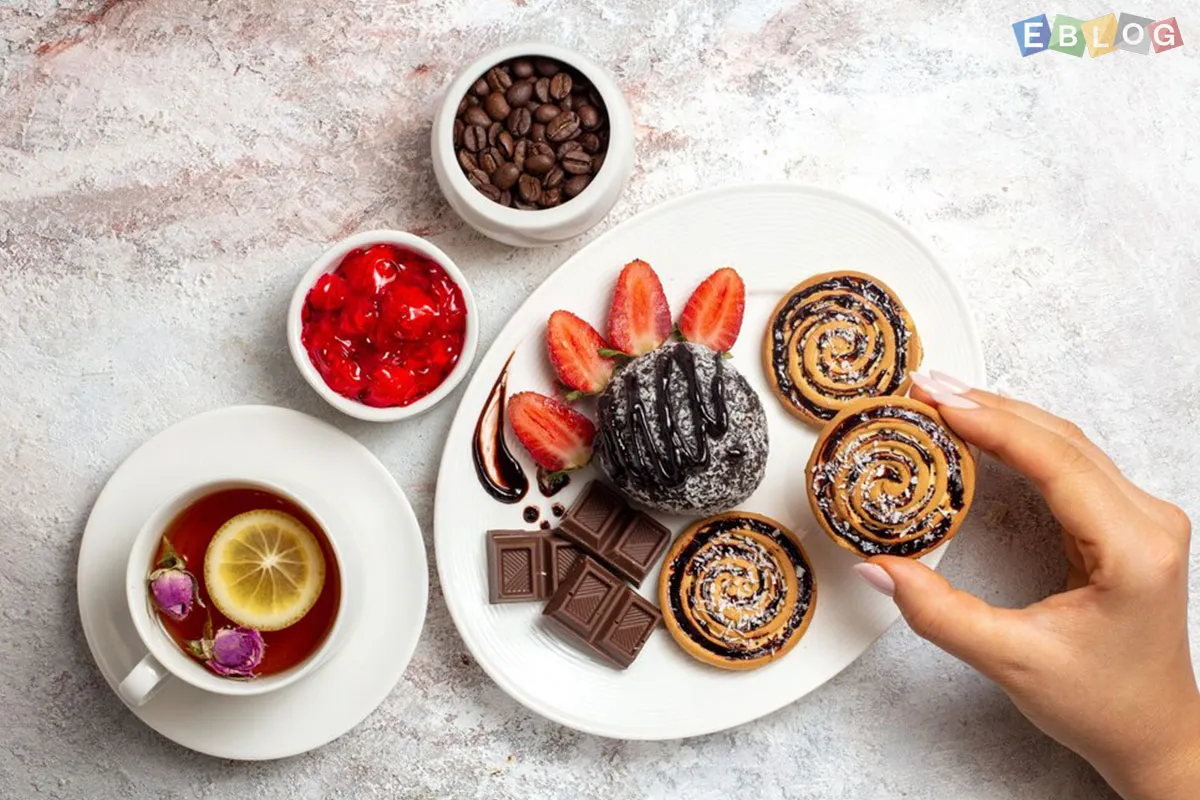


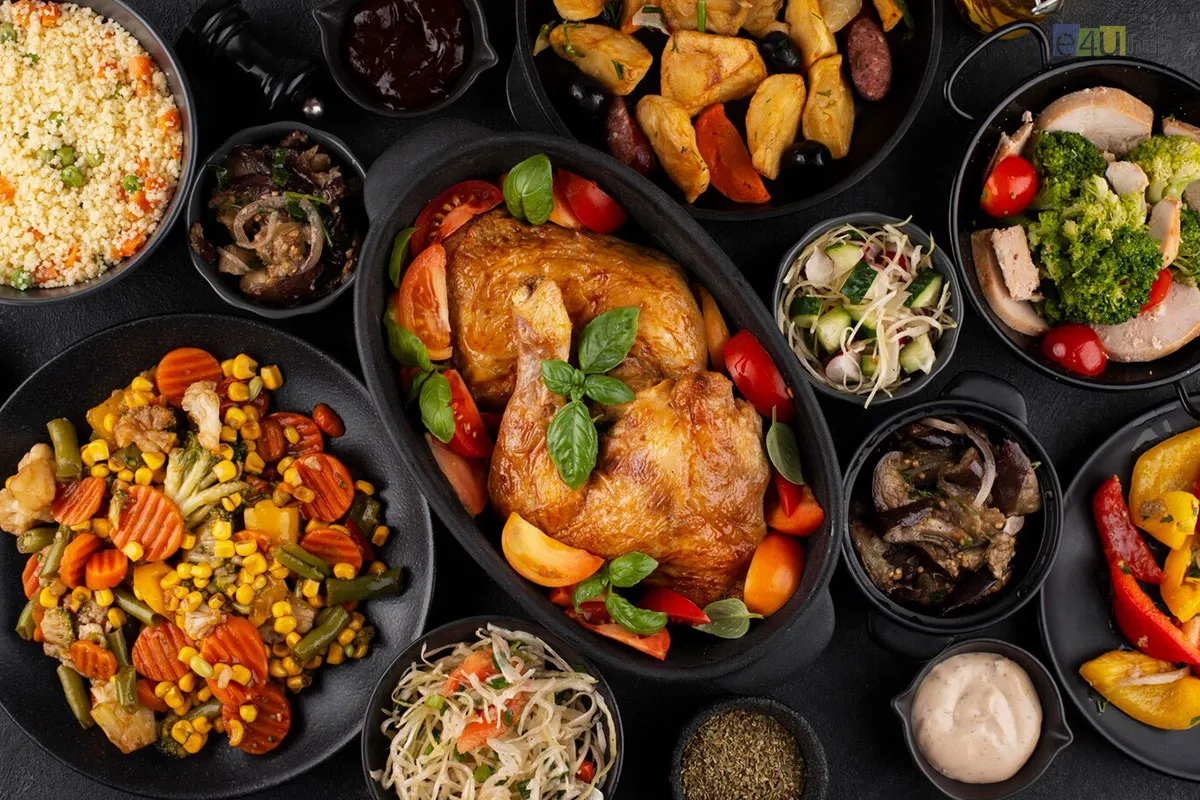


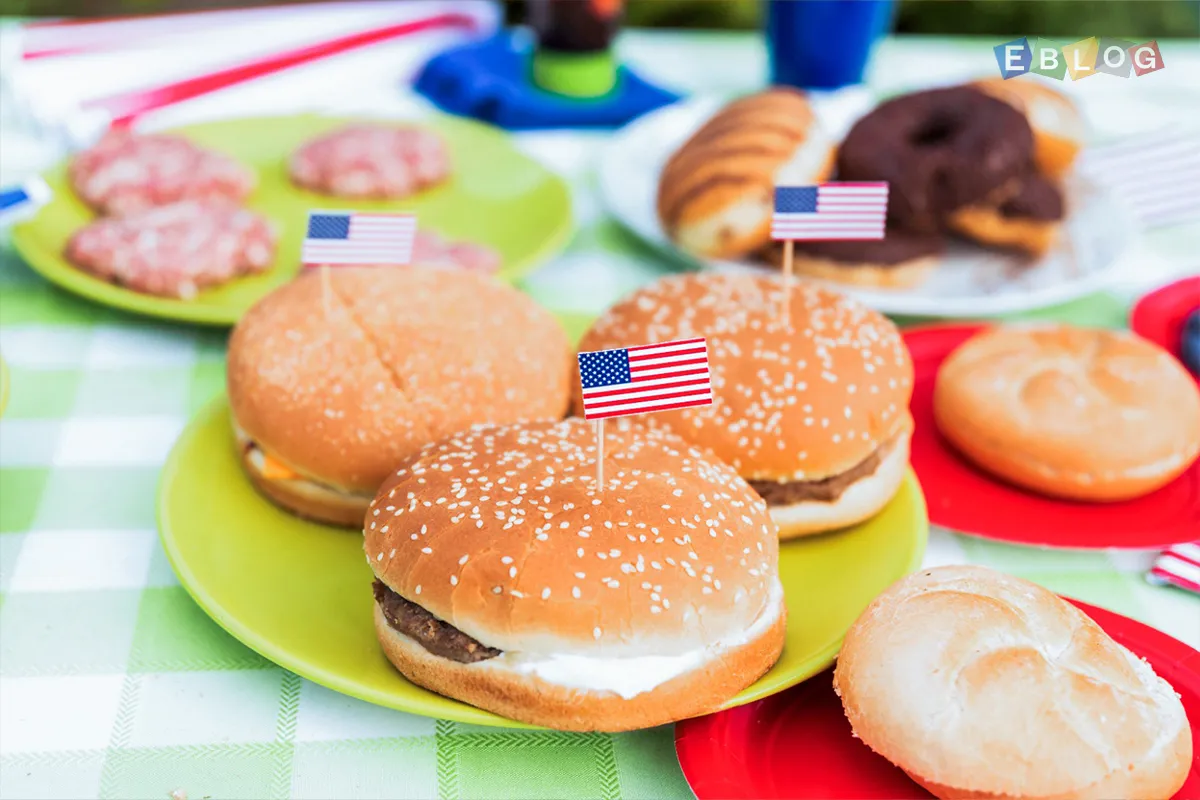


Leave a Reply